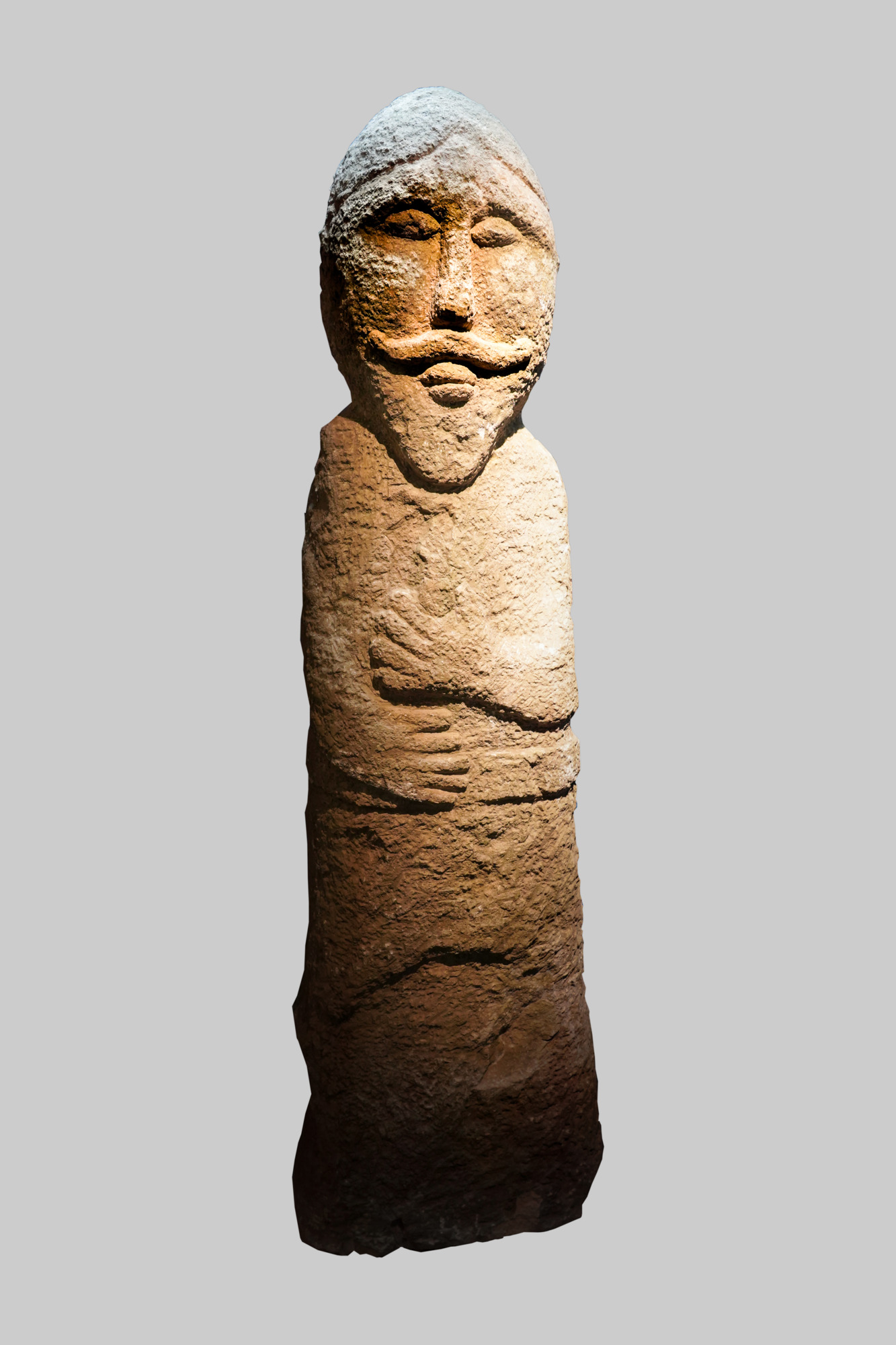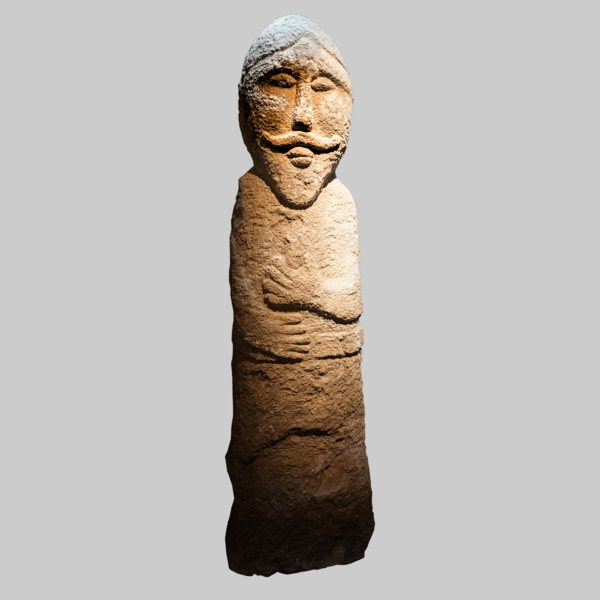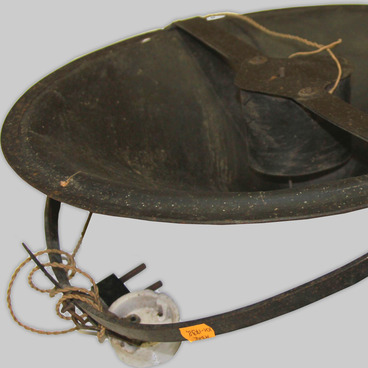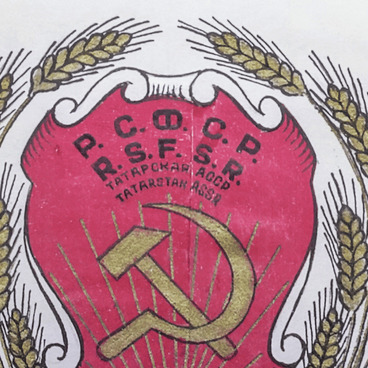The Museum of the History of Tatar Statehood and the Republic of Tatarstan contains a full-size copy of a stone statue — balbal. Historians date it to the 6th-7th century, the time of the existence of the powerful state, the Great Turkic Khaganate.
Stone monuments — balbals — were a piece of stone or wood from half a meter to a meter high. It was shaped like a human figure and dug into the ground. Often Kurgan stelae looked primitive: a flat body, no neck and a drooping chin. Sometimes balbals were supplemented with various elements: for example, some statues held cups in their hands, others had weapons on their belts, and some wore jewellery — earrings or beads.
There was no consensus among scholars about the significance of the Turkic stone monuments. According to one version, the statue symbolized the souls of the deceased ancestors who guarded the family. The word ‘balbal’ existed in the languages of several peoples who inhabited the steppe regions. Researchers suggest that the term originated from the Turkic word ‘baba’, which meant ‘father’ or ‘ancestor’. There was a tradition to leave various offerings to the balbals in order to appease the great-grandfathers and ask for their help.
According to another version, balbals were part of a ritual during which the soul of a slain enemy was presented to a deceased comrade and statues were erected in honour of this. The names of the defeated leaders were sometimes indicated on the monument. For example, one of the balbals read: ‘In honour of my father-khagan Elterish, the image of Baz-khagan was put at the head of the chain of stones as a balbal’.
There was also a theory that balbals were tombstones on the graves of high-ranking people. The Flemish traveller Guillaume de Rubrouck wrote: ‘The Komans [Turkic-speaking nomads] made large burial mounds and erected a statue over the grave with a cup in hand, facing east’. Some statues held a dagger or sword in their hands — symbols of strength and power.
Balbals were installed on mounds and high platforms, and around the perimeter they were fenced with stones. Archaeologists found similar statues throughout the territory of modern Russia — from Altai to the Dnieper.
Stone monuments — balbals — were a piece of stone or wood from half a meter to a meter high. It was shaped like a human figure and dug into the ground. Often Kurgan stelae looked primitive: a flat body, no neck and a drooping chin. Sometimes balbals were supplemented with various elements: for example, some statues held cups in their hands, others had weapons on their belts, and some wore jewellery — earrings or beads.
There was no consensus among scholars about the significance of the Turkic stone monuments. According to one version, the statue symbolized the souls of the deceased ancestors who guarded the family. The word ‘balbal’ existed in the languages of several peoples who inhabited the steppe regions. Researchers suggest that the term originated from the Turkic word ‘baba’, which meant ‘father’ or ‘ancestor’. There was a tradition to leave various offerings to the balbals in order to appease the great-grandfathers and ask for their help.
According to another version, balbals were part of a ritual during which the soul of a slain enemy was presented to a deceased comrade and statues were erected in honour of this. The names of the defeated leaders were sometimes indicated on the monument. For example, one of the balbals read: ‘In honour of my father-khagan Elterish, the image of Baz-khagan was put at the head of the chain of stones as a balbal’.
There was also a theory that balbals were tombstones on the graves of high-ranking people. The Flemish traveller Guillaume de Rubrouck wrote: ‘The Komans [Turkic-speaking nomads] made large burial mounds and erected a statue over the grave with a cup in hand, facing east’. Some statues held a dagger or sword in their hands — symbols of strength and power.
Balbals were installed on mounds and high platforms, and around the perimeter they were fenced with stones. Archaeologists found similar statues throughout the territory of modern Russia — from Altai to the Dnieper.



